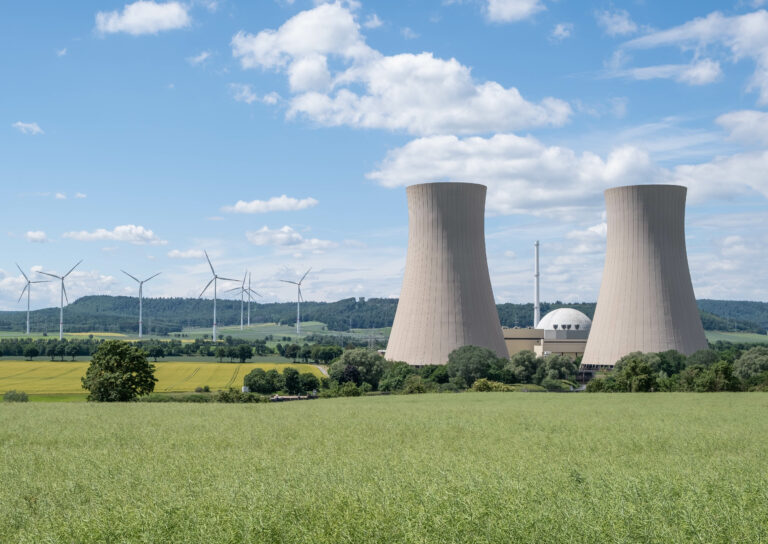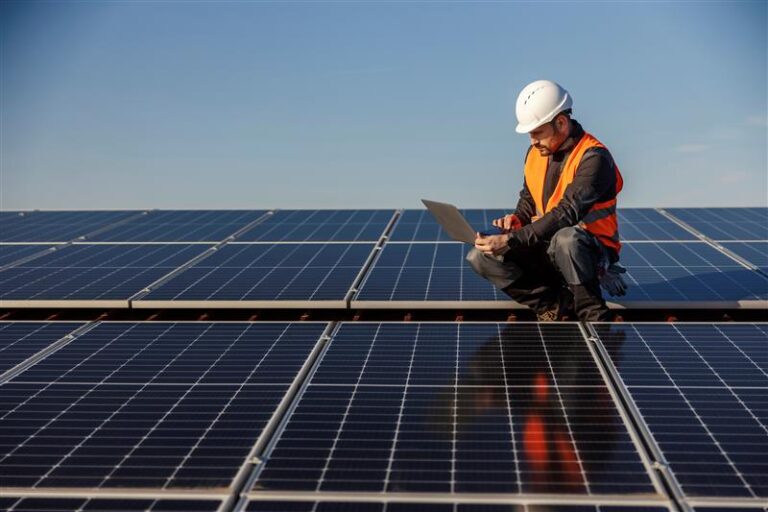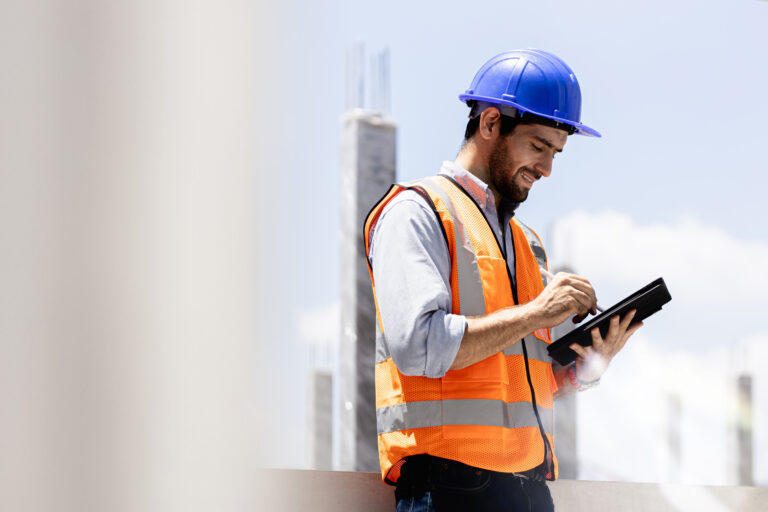A recent report from real estate consultants Knight Frank found that 70% of UK commercial properties have an Energy Performance Certificate (EPC) rating of C or lower. With tighter regulations on the horizon, these buildings could become unrentable under the Minimum Energy Efficiency Standards (MEES), which will require a minimum B rating by 2030.
Failure to meet these standards can lead to costly fines and restrictions on renting or selling properties. But don’t worry, while retrofitting your building to comply with MEES can seem daunting, it’s a great opportunity to lower operational costs, protect the value of your property, and help your tenants save on energy bills.
Here are some key strategies to help boost your energy efficiency rating and stay MEES-compliant:
1. Upgrade insulation and windows
Your building’s envelope (roof, walls, windows, doors) plays a huge role in its energy and carbon performance. Poor insulation can cause heat loss in winter and excessive heat gain in summer, leading to higher heating and cooling costs. By upgrading insulation, installing energy-efficient windows, and sealing gaps, you’ll reduce energy loss and improve comfort.
2. Upgrade HVAC Systems
Heating, ventilation, and air conditioning (HVAC) systems are the biggest energy consumers within a building. Replacing old tired systems with energy-efficient alternatives will have a dramatic impact. Look for units with high Seasonal Energy Efficiency Ratio (SEER) ratings and Energy Star certifications to ensure optimal performance. Additionally, smart thermostats and zoning systems can tailor heating and cooling to actual usage patterns, boosting efficiency. Optimising your Building Management System (BMS) can further enhance energy savings and reduce your carbon footprint, ensuring even greater operational efficiency and sustainability.
3. Switch to LED Lighting
Fluorescent lighting can account for a surprisingly large share of energy use, especially in commercial spaces. Since the manufacturing of fluorescent lamps is now banned as part of the phase-out of non-sustainable light sources, switching to LED is not only essential but also highly cost-effective – offering savings of up to 75% in energy consumption. While careful design is key to avoiding issues like glare or uneven light distribution, LEDs bring additional benefits, including longer lifespan, lower energy consumption, and reduced heat emissions, which ease the burden on cooling systems. Plus, LEDs are IoT-friendly, making it easy to integrate motion sensors, daylight sensing, and timers to ensure lights are only used when needed, leading to further energy savings.
Choosing the right EPC assessor
To comply with MEES, you need to know where your building stands in terms of energy performance, which is where an Energy Performance Certificate (EPC) comes in. EPC assessors use one of two models: SBEM (Simplified Building Energy Model) or DSM (Dynamic Simulation Model). While SBEM is fine for most buildings, DSM offers a more detailed and accurate energy assessment, particularly for complex or larger properties with multiple zones.
How DSM can identify recommendations without significant financial investment:
- Hourly weather data: DSM considers hourly weather patterns to more accurately reflect your building’s energy performance throughout the year.
- Building orientation: DSM can assess the orientation of your building and solar panel inclination, allowing greater insight into the impact on energy use to inform the overall energy efficiency strategy.
- Detailed geometry: DSM provides more accurate insights into internal geometry and energy flow, perfect for buildings with lots of windows or unconventional designs.
- Glazing and solar shading: DSM’s detailed modelling of glazing and solar heat gain helps optimise energy use in buildings with extensive natural lighting. A heavily glazed office without solar shading could have a poor EPC rating, but DSM helps us identify improvements which can dramatically boost your rating without costly overhauls.
- Thermal mass modelling: DSM accounts for heat transfer between different zones and simulates how well your building stores heat, helping you optimise thermal comfort and energy efficiency.
How can Zenergi help you stay MEES-compliant?
As MEES regulations tighten, it’s essential to take action now to avoid fines and rental restrictions. At Zenergi, we can help you achieve compliance efficiently by offering EPC assessments using either SBEM or DSM. Our experienced multi-disciplined consultancy team will guide you to the best model for your building, and help you improve your EPC rating to meet the latest MEES requirements in the most cost-effective way.
Our assessors will provide a detailed report, including costs and ROI of any recommended improvement and a roadmap to ensure you’re on track to meet the MEES C rating by 2027 and B rating by 2030 in the most cost-effective way.
Get ready for 2027 and beyond
Don’t risk waiting until it’s too late! Zenergi can help you improve your EPC rating, stay compliant, future-proof your building and offer technical advice. Contact us today to start your MEES compliance journey.














